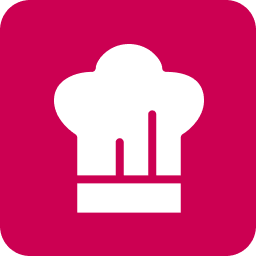Ultimate List of Cooking Methods to Master for Home Chefs
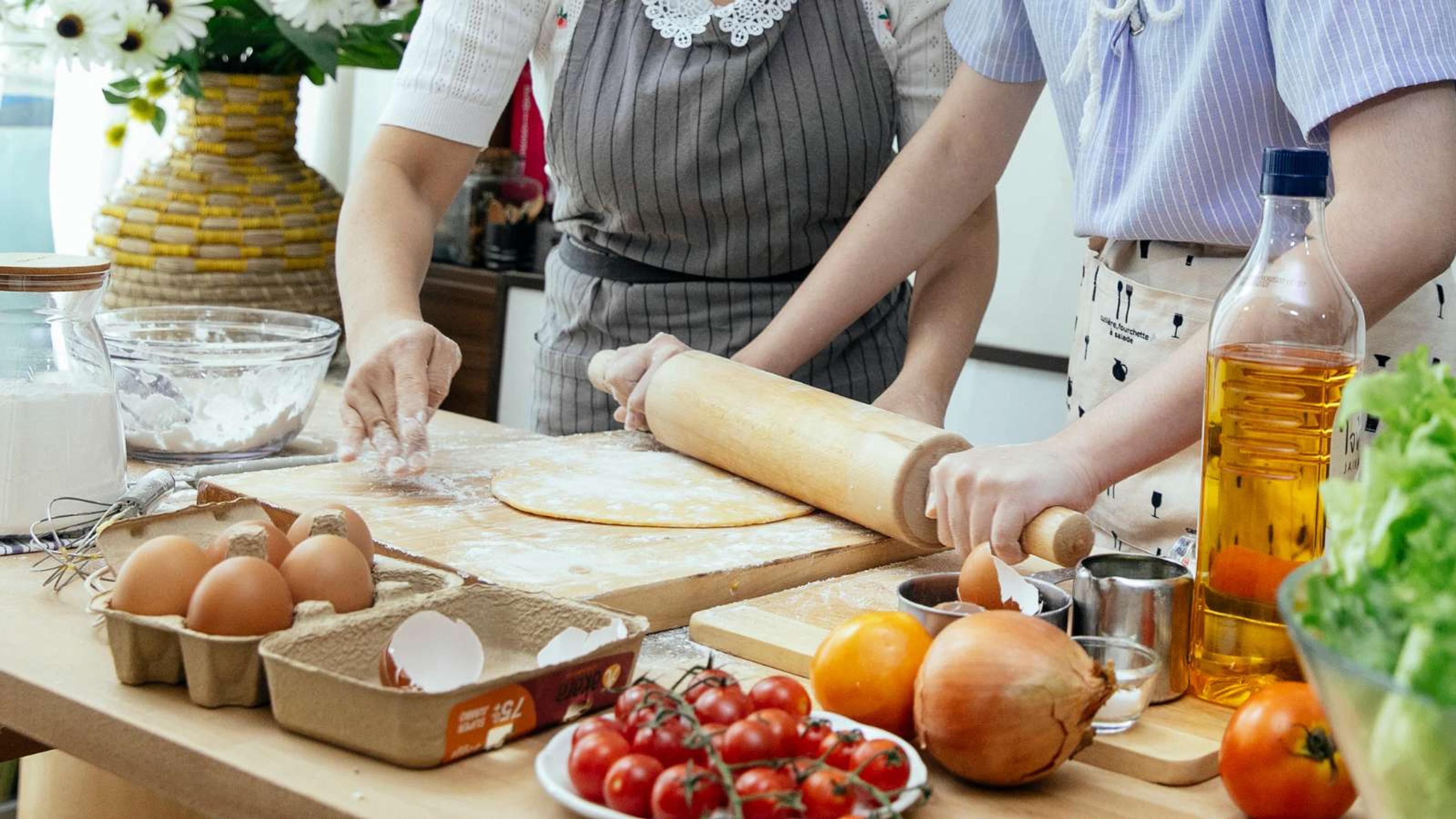
- Key Takeaways
- Types of Cooking Methods
- Benefits and Uses of Different Cooking Methods
- Exploring Advanced Culinary Techniques
- Mastering Culinary Techniques as a Home Chef
- FAQs
Unlocking the world of culinary arts could be a daunting endeavor for any home chef. With numerous cooking methods available, it's easy to feel overwhelmed. This article de-mystifies these techniques by providing a comprehensive and insightful guide to culinary strategies that can elevate your at-home dining experience.
Let’s dive into this flavorful journey – your taste buds will thank you!
Key Takeaways
- This article provides a comprehensive guide to key culinary techniques that home chefs can use to elevate their cooking skills and create delicious meals.
- The article explores different types of cooking methods, including moist heat cooking (such as sous vide and steaming), dry heat cooking (including baking and grilling), and combination cooking (like braising and stewing).
- Each type of cooking method is explained in detail, highlighting the benefits, uses, and specific techniques involved.
- The article also introduces advanced culinary techniques like flash freezing with liquid nitrogen and fragrant spice infusion with chaunk, offering home chefs the opportunity to explore innovative methods in their own kitchens.
Types of Cooking Methods
In this section, we will dig into the various types of cooking methods that home chefs can utilize to create delicious meals.
Moist Heat Cooking (Sous Vide, Poaching, Simmering, Steaming, Boiling)
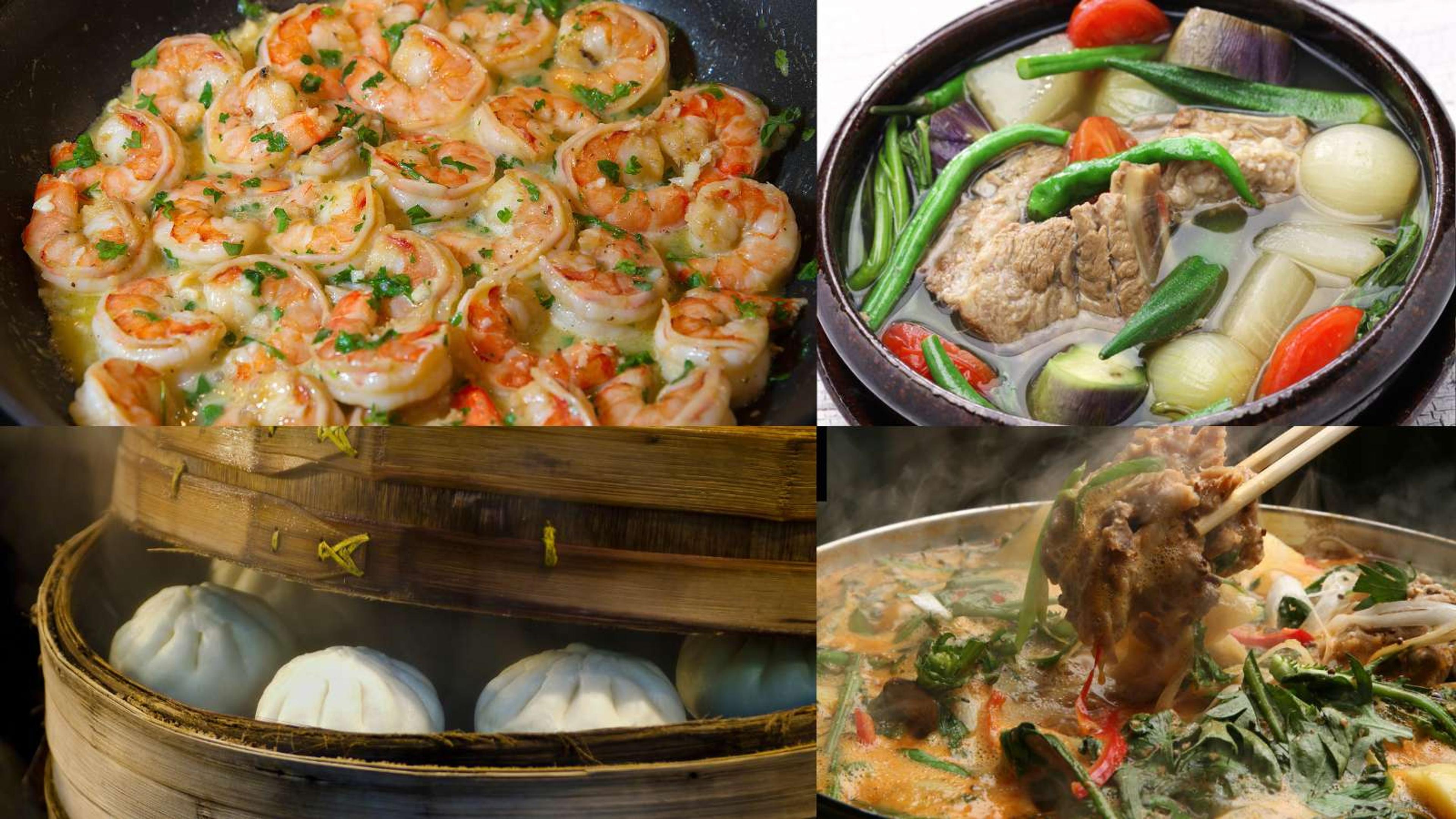
Moist heat cooking stands out as an essential component in every home chef’s repertoire. Here are some popular techniques:
- Sous Vide: This technique involves vacuum-sealing food in a plastic bag, then cooking it in a water bath at a precise temperature over an extended period. The result? A dish cooked to perfection without any risk of overcooking.
- Poaching: Gently cook your food in liquid at a relatively low temperature without the use of fat. This method is ideal for delicate foods like eggs, fish, or fruit, enhancing their natural flavors while preserving their structure.
- Simmering: This less-intense cousin to boiling allows you to cook foods slowly and evenly. Used most often for tough cuts of meat and legumes, simmering breaks down connective tissues over time, ultimately delivering tender and flavorful dishes.
- Steaming: Use this method to preserve the nutrients and flavors locked inside your veggies, seafood, or poultry. By using steam rather than direct contact with hot water or oil, you can keep the integrity of your ingredients intact.
- Boiling: Reach for this fast-and-furious method when you need to cook food quickly. Rapidly boiling liquids intensely heat ingredients for speedy cooking – think pasta or hard-boiled eggs.
Dry Heat Cooking (Baking, Grilling, Roasting, Sauteing, Frying, Broiling)
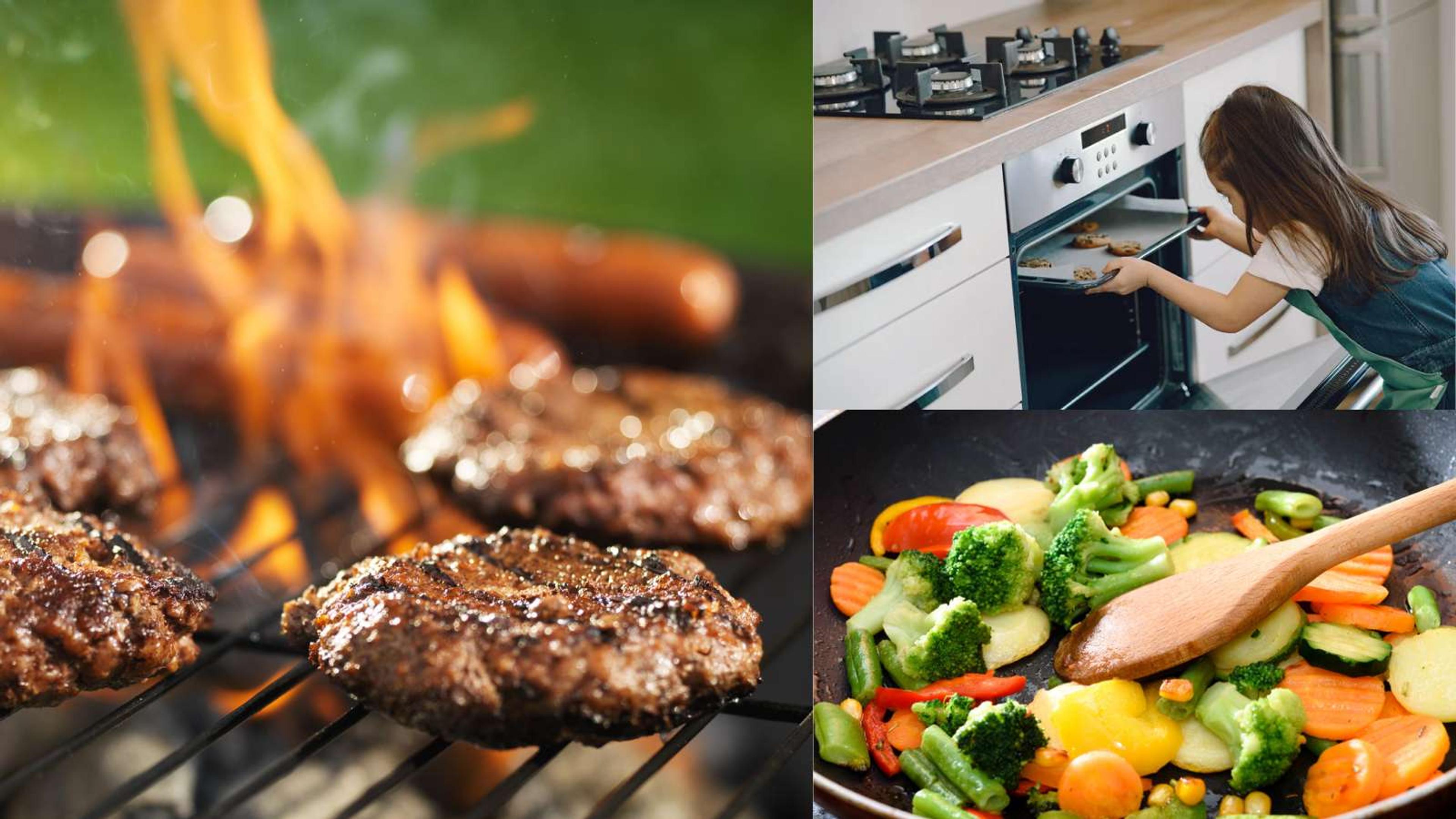
Dry Heat Cooking is a versatile cooking method, widely embraced by home chefs for its ability to create diverse flavor profiles and textures.
- Baking: This popular technique uses indirect heat in an oven to cook food, making it ideal for pastries, casseroles, and poultry. The lower temperature and prolonged cooking time result in well-cooked foods, retaining their nutritional value.
- Grilling: Easily one of the most loved methods, grilling imparts a smoky flavor to food by cooking over direct heat. High temperature and quick cooking preserve the natural juices within meats or veggies while creating a crisp exterior.
- Roasting: Similar to baking but at higher temperatures, roasting is often used for larger cuts of meats or whole vegetables. The high heat creates a tasty crust on the outside while leaving the inside tender.
- Sauteing: This method involves quickly cooking food in a small amount of hot oil in a skillet over high heat, ensuring a light browning that adds great flavor. It's particularly effective with tender meats or delicate legumes which need quick cooking time.
- Frying: Frying can be divided into pan-frying and deep-frying. Both involve immersing food in hot oil, but deep-frying cooks food fully submerged while pan-frying uses less oil and often requires flipping the food for even browning.
- Broiling: A powerfully intense cooking method that uses direct heat from above – usually from an oven's broiler – making it possible to achieve char marks similar to those from grilling indoors.
Combination Cooking (Braising, Stewing)
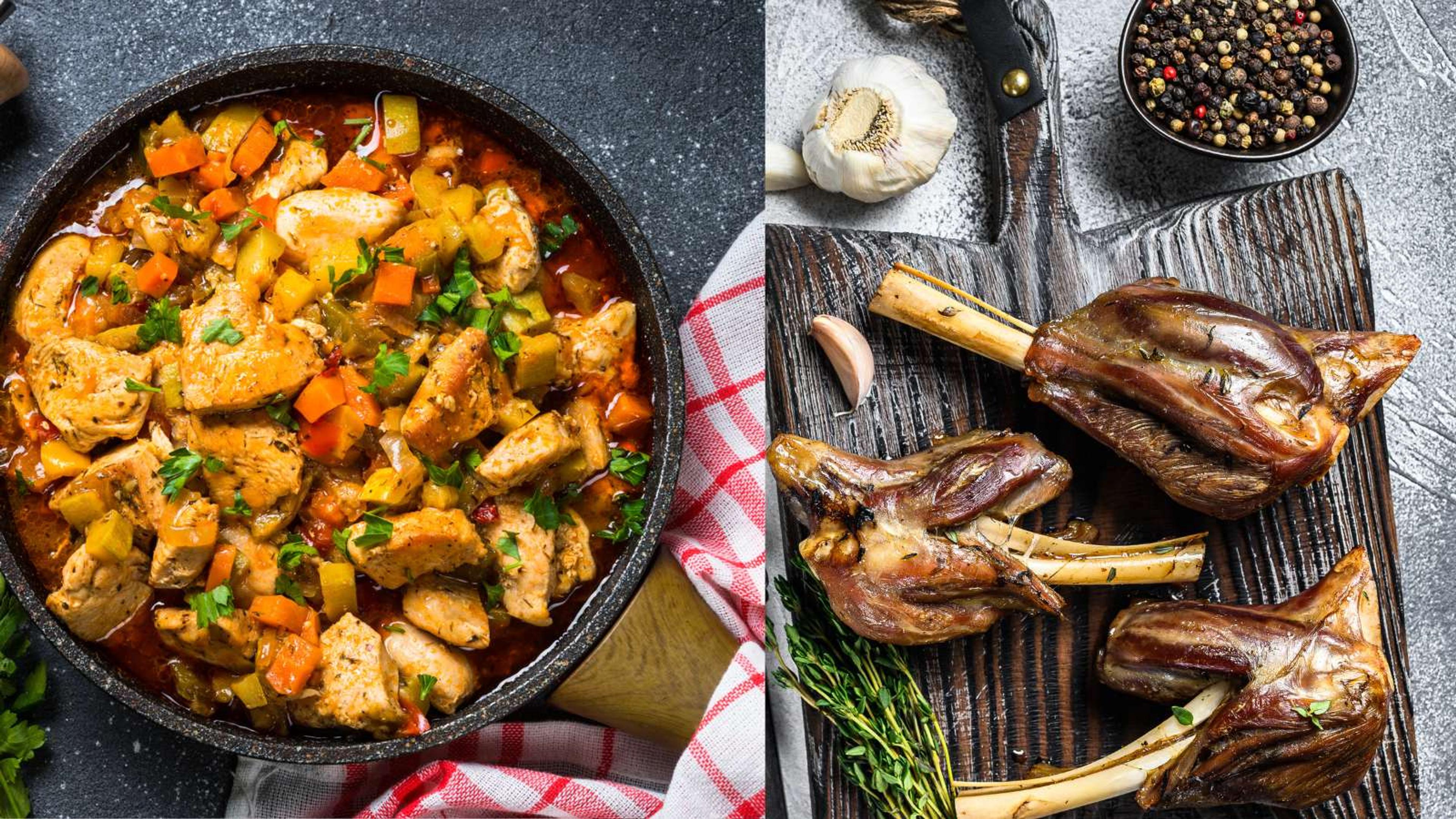
Braising and stewing serve as potent cooking methods under the umbrella of combination cooking.
- Braising is akin to a chef's secret weapon, creating tender and succulent dishes from meats, poultry, and vegetables.
- This method starts with pan - searing in fats — a dry heat approach — and transitions to moist heat during the cooking process.
- Stewing, another technique under combination cooking, uses similar principles but generally involves more liquid and longer cook times.
- These methods are paramount for home chefs aiming to transform tough cuts of meat into tender and flavorful delicacies.
- Combination cooking exponentially enhances flavors by melding together various ingredients in one pot or dish.
- Typical outputs include hearty dishes that resonate with comfort food lovers.
- Lamb, brisket, or other less tender meats shine when prepared using these techniques.
- Beyond meats, vegetables like asparagus or legumes can be cooked following these methods.
- The lower temperature enables the ingredients' flavors to steep slowly into the broth, resulting in a deeply savory dish.
Benefits and Uses of Different Cooking Methods
Different cooking methods offer unique benefits and uses. Moist heat cooking methods, such as poaching and simmering, are ideal for retaining moisture and ensuring tenderness in ingredients like poultry.
On the other hand, dry heat cooking methods like grilling and roasting create crispy textures and enhance flavors through caramelization. Combination cooking techniques, such as braising and stewing, combine the advantages of both moisture retention and browning to achieve richly flavored dishes.
Moist Heat Cooking for retaining moisture and tenderness
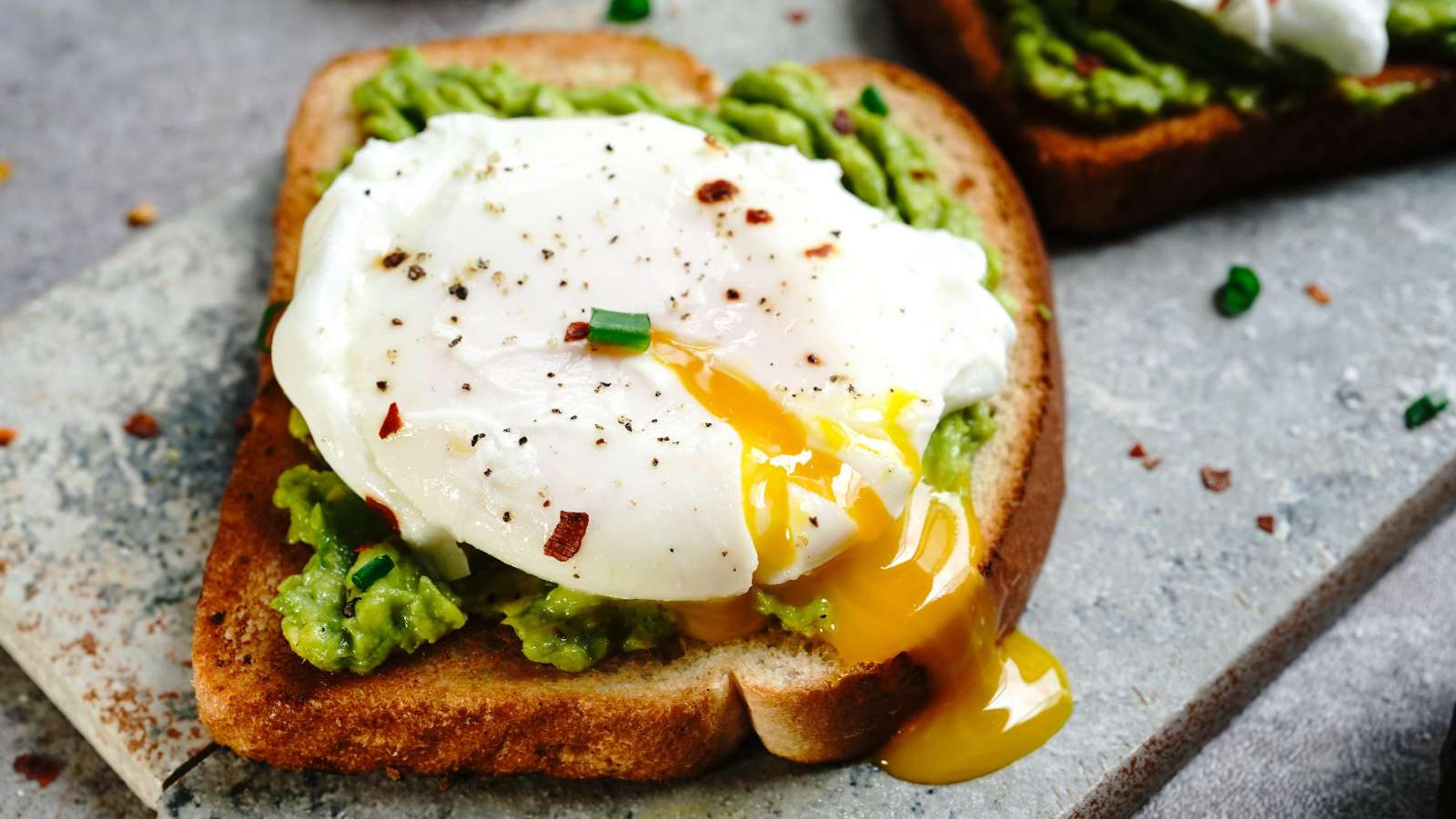
Moist heat cooking methods are essential techniques for home chefs looking to retain the natural moisture and tenderness of their ingredients. By using liquid or steam to transfer heat, these cooking methods help preserve the flavor and texture of various foods.
Steaming, for example, is a moist heat cooking method that leaves vegetables vibrant and tender, while poaching gently cooks delicate proteins like fish without drying them out. This type of cooking also works wonders on tougher cuts of meat by breaking down collagen and creating succulent dishes.
Whether you're braising a flavorful stew or simmering a comforting soup, mastering moist heat cooking will elevate your culinary skills and result in deliciously moist meals every time.
Dry Heat Cooking for creating crispy textures and flavors
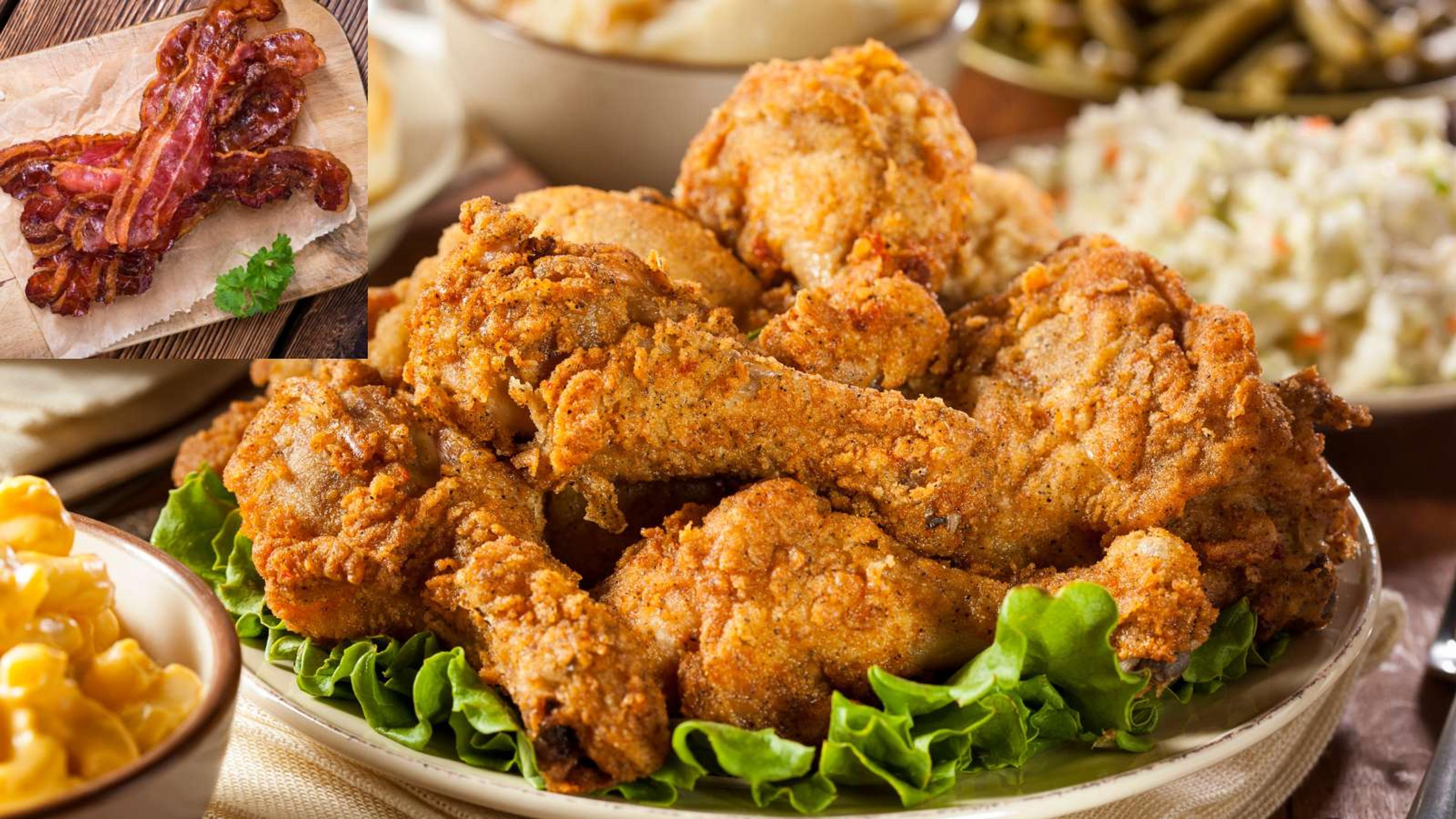
Dry heat cooking methods are a go-to for creating delicious and crispy textures in your dishes. Whether you're baking, roasting, broiling, sautéing, or grilling, these techniques bring out unique flavors that will impress even the most discerning palate.
One of the key advantages of dry heat cooking is its ability to develop complex flavors and aromas through caramelization or the Maillard reactions. This reaction occurs when proteins and sugars in food undergo a chemical transformation due to high temperatures, resulting in that irresistible golden brown crust on your steak or perfectly roasted vegetables.
Additionally, dry heat cooking allows you to achieve crispy textures more effectively than low-temperature wet cooking methods. So next time you want to add some extra crunch and flavor to your dish, consider trying out one of these versatile and impressive dry heat cooking techniques.
Combination Cooking for combining the benefits of moisture and browning

Combination cooking is a culinary technique that brings together the best of both worlds: moisture and browning. By using a combination of dry heat and moist heat cooking methods, home chefs can achieve complex flavors and tender textures in their dishes.
This method is particularly effective for less tender cuts of meat or tough vegetables that require longer cooking times. With combination cooking, you can sear the food to create a delicious crust while also allowing it to cook slowly in liquid, resulting in juicy and flavorful results.
It's no wonder why combination cooking has become so popular among home chefs looking to elevate their culinary skills!
Exploring Advanced Culinary Techniques
Discover the fascinating world of advanced culinary techniques that will elevate your cooking to new heights. From flash freezing with liquid nitrogen to fragrant spice infusion with chaunk, these innovative methods are sure to impress even the most discerning food enthusiasts.
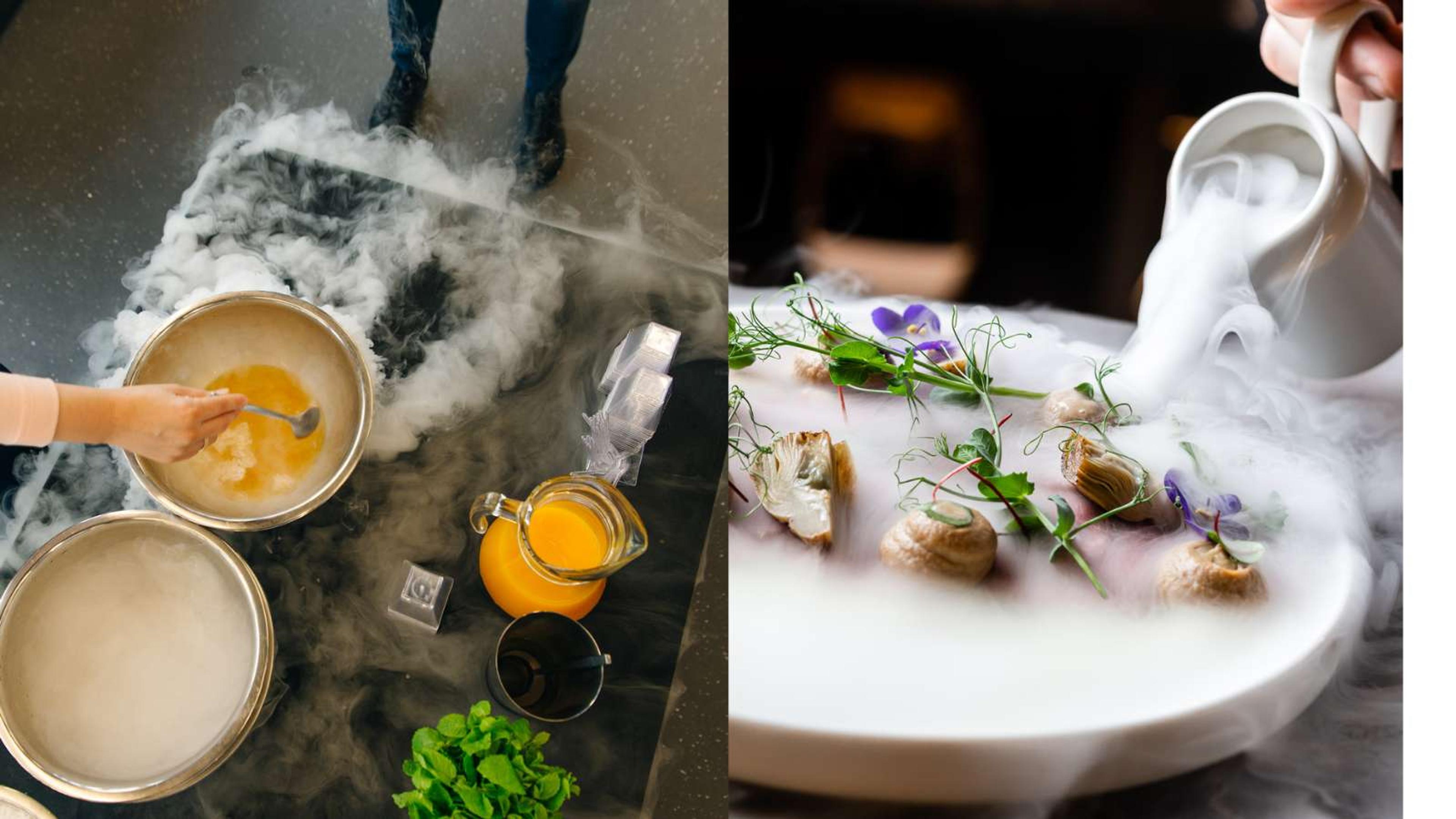
Flash freezing with the Anti-Griddle and liquid nitrogen is an advanced culinary technique that allows chefs to quickly freeze food at extremely low temperatures. The Ant-Griddle, capable of reaching temperatures as low as -30°F/-34.4°C, along with the use of liquid nitrogen, offers precise control over the freezing process.
This technique, often associated with molecular gastronomy, opens up new possibilities for home chefs to experiment with unique textures and presentations in their dishes. By using cryogenic technology like liquid nitrogen, ingredients can be transformed in fun and surprising ways, creating a fusion of science and art in the culinary world.
Flash freezing has gained popularity due to its ability to create innovative creations like flash-frozen boba and its role in modern cooking and culinary innovation.
Fragrant Spice Infusion with Chaunk

Chaunk is an advanced culinary technique that involves infusing fragrant spices into hot oil or ghee to release their flavors and aromas. This traditional Indian cooking method adds depth and complexity to dishes, enhancing the overall taste experience.
The process typically begins by heating oil or ghee in a pan and then adding whole spices like cumin seeds, mustard seeds, fenugreek seeds, or dried red chilies. As the spices sizzle and release their essential oils, they impart their distinct flavors into the oil.
This infused oil can then be used as a base for curries, lentil soups, rice dishes, or even drizzled over roasted vegetables for an extra burst of flavor. Chaunk allows home chefs to elevate their dishes with minimal effort while exploring the rich world of spice combinations and regional cuisines.
By incorporating chaunk into your cooking repertoire, you can transform simple ingredients into aromatic masterpieces that tantalize your taste buds. Try experimenting with different spice combinations such as coriander seeds, fennel seeds, or cinnamon sticks to create unique flavor profiles in your dishes.
Whether you're preparing a classic Indian curry or want to add a touch of exoticism to your everyday meals, chaunk offers endless possibilities for creating deliciously fragrant recipes that will impress both family and friends alike.
Remember to use high-quality spices when practicing this technique; fresh and aromatic spices will yield superior results. Don't shy away from getting creative with your spice blends - explore different ratios and combine flavors according to your personal preferences.
Creative Layering with Engastration

Creative layering with engastration is an exciting culinary technique that allows home chefs to take their dishes to a whole new level. This advanced cooking method involves carefully layering different ingredients inside one another, creating unique flavor combinations and stunning presentations.
From stuffing meats with other meats or vegetables to encasing foods in dough or pastry, engastration opens up a world of possibilities for experimentation and creativity in the kitchen. By exploring this technique, chefs can surprise their guests with unexpected flavors and textures while showcasing their culinary skills.
With engastration, the only limit is your imagination! So why not start experimenting and see where this innovative cooking method takes you?.
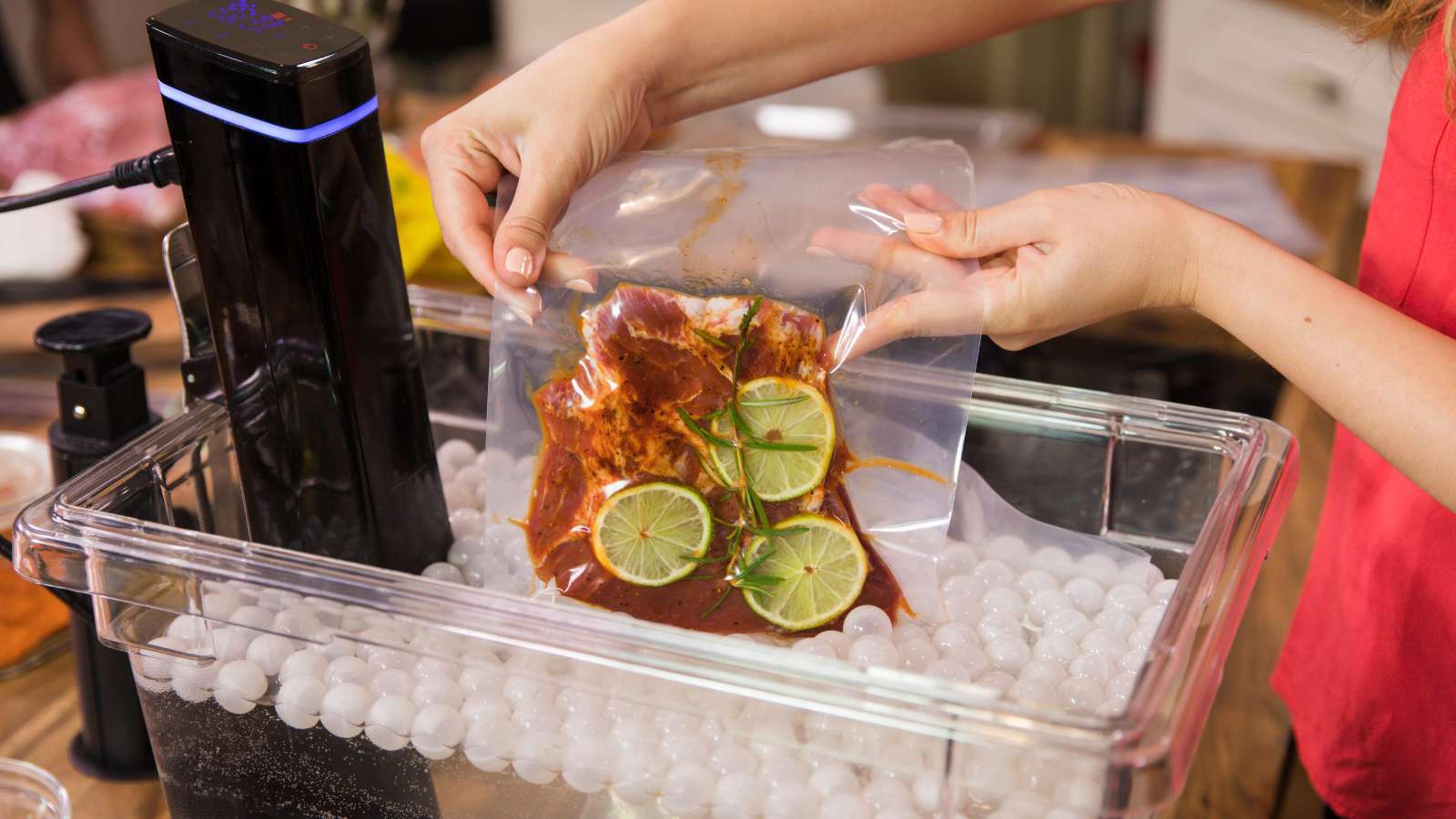
Sous vide cooking is a precision cooking method that has gained popularity among home chefs. By using this technique, you can achieve perfectly cooked food with precise temperature control. The process involves vacuum-sealing the food in a bag and immersing it in a water bath at a specific temperature for an extended period of time.
This slow-cooking method ensures even heat distribution, resulting in tender and flavorful dishes every time. Some may have concerns about safety, but sous vide cooking follows strict guidelines to ensure food is pasteurized properly.
With the right equipment and knowledge, home chefs can easily master this advanced culinary technique and elevate their cooking skills to new heights.
Mastering Culinary Techniques as a Home Chef
Mastering culinary techniques as a home chef entails understanding various cooking methods, building a repertoire of techniques for versatility, experimenting with flavors and textures, and continuously learning and improving in the kitchen.
Importance of understanding various cooking methods
Understanding various cooking methods is of utmost importance for home chefs. Each method has its own unique characteristics and brings out different flavors and textures in ingredients. For example, dry-heat cooking methods like grilling and roasting create a delicious crust on meats while retaining their juiciness inside.
On the other hand, moist-heat techniques such as steaming and poaching preserve the natural moisture of ingredients while infusing them with delicate flavors. By having a deep knowledge of these culinary techniques, home chefs can confidently choose the best method to bring out the desired results in their dishes.
Additionally, understanding various cooking methods empowers chefs to adapt recipes, experiment with new flavors, and unleash their creativity in the kitchen. It's an essential skill that allows for endless possibilities and paves the way for unforgettable meals that will impress family and friends alike.
Building a repertoire of techniques for versatility in the kitchen

As a home chef, it is crucial to build a repertoire of cooking techniques in order to become versatile in the kitchen. By mastering different methods such as roasting, grilling, sautéing, and baking, you can easily adapt your skills to create a wide variety of dishes.
Each technique offers unique flavors and textures that can elevate your culinary creations. Understanding these techniques also allows you to confidently experiment with various ingredients and recipes while achieving consistent results.
With a diverse set of skills at your disposal, you'll be able to tackle any culinary challenge that comes your way and truly impress yourself and others with your delicious creations.
Experimenting with flavors and textures
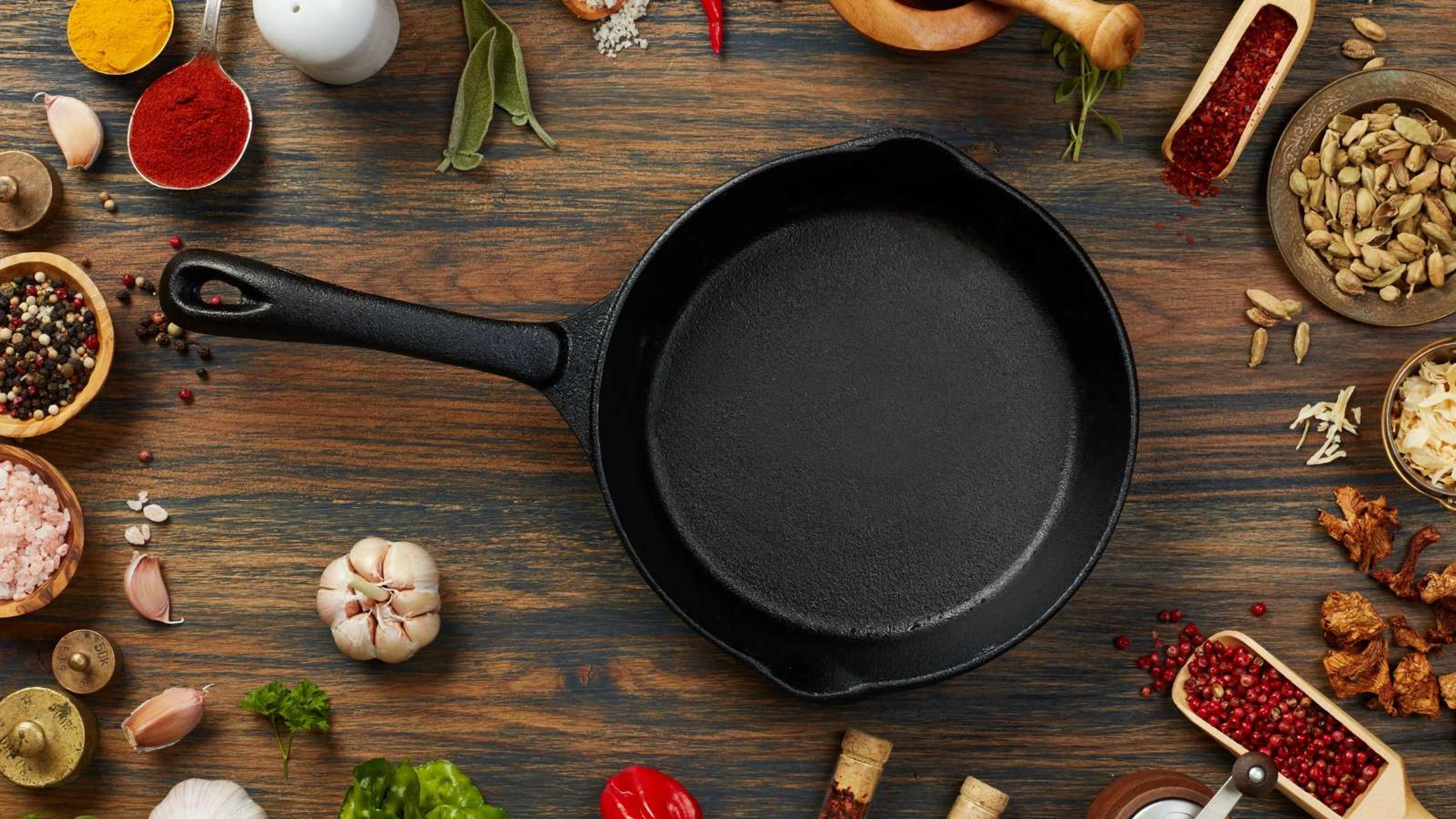
Experimenting with flavors and textures is an exciting aspect of culinary exploration. As home chefs, we have the freedom to play with different ingredients and techniques to create unique dishes that tantalize our taste buds.
By trying out various combinations of spices, herbs, marinades, and cooking methods, we can discover new flavor profiles that elevate our meals from ordinary to extraordinary. Moreover, experimenting with textures allows us to add another layer of sensory delight to our dishes - whether it's achieving a crispy crust on a roast chicken or creating a velvety smooth sauce for pasta.
With each experiment in the kitchen, we broaden our understanding of flavors and textures while unlocking new possibilities for delicious creations. So don't be afraid to step out of your comfort zone and explore the endless world of flavors and textures waiting to be discovered!
Continuous learning and improvement as a chef

Continuous learning and improvement are crucial for chefs to excel in their culinary journey. As a home chef, it is important to embrace a growth mindset and seek opportunities to expand your knowledge and skills.
By staying curious about new ingredients, techniques, and cuisines, you can constantly challenge yourself in the kitchen. Collaborating with other chefs, attending workshops or cooking classes, and experimenting with flavors will help you develop your own unique style.
Research has shown that learning cooking skills at an early age contributes to skill retention and confidence in the kitchen. So don't be afraid to explore new recipes, try different cooking methods, and always strive for continuous growth as a chef.
Conclusion

Mastering a variety of cooking methods is crucial for every home chef. Understanding the benefits and uses of different techniques allows you to elevate your dishes and create culinary masterpieces.
From moist heat cooking like poaching or steaming, which helps retain moisture and tenderness in your ingredients, to dry heat methods like grilling or roasting that create deliciously crispy textures and flavors - each method has its own unique advantages.
But why stop there? Exploring advanced culinary techniques can take your skills to the next level. Flash freezing with an anti-griddle or liquid nitrogen allows you to experiment with frozen creations, while fragrant spice infusion with chaunk adds depth and complexity to your dishes.
Creative layering with engastration brings together multiple ingredients for a show-stopping presentation, while precision cooking through sous vide ensures perfect results every time.
As a home chef, understanding these various culinary techniques opens up a world of possibilities in the kitchen. It's important to continuously learn and improve upon your skills, building a repertoire of techniques that allow for versatility in creating diverse flavors and textures.
FAQs
1. What are the different cooking methods included in a comprehensive list for home chefs?
A comprehensive cooking methods list for home chefs typically includes techniques such as sautéing, roasting, grilling, baking, steaming, boiling, braising, and poaching.
2. How do I determine which cooking method to use for a specific dish?
The choice of cooking method depends on several factors including the type of ingredients used, desired flavor profile and texture, and the time available. For example, grilling is perfect for meats that benefit from caramelization and smoky flavors while steaming is ideal for delicate fish or vegetables to retain their nutrients.
3. Are there any safety precautions I should take when using certain cooking methods?
Yes! When using high-heat methods like frying or broiling, it's important to have proper ventilation in the kitchen to prevent smoke buildup. Additionally, always handle hot pans with oven mitts or pot holders and be cautious of oil splatters during frying.
4. Can I combine different cooking methods in a single recipe?
Absolutely! Many recipes utilize multiple cooking methods to achieve complex flavors and textures. For example, you can sear a steak on high heat before finishing it off in the oven for even cooking throughout while retaining juiciness."

